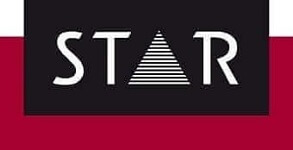The Tic-tac Language
Tic-tac is the manual semaphore language used by the Tic-tac men at horse racing events in UK. Primarily used by bookmakers at racetracks, it’s the language used to communicate the odds at races. These men often wear white gloves so their hand signals are clearly visible.
When you first see it, it looks like they are making strange gestures and it’s very confusing as to what they mean. The primary use of the language was to communicate with other bookmakers about the odds for each horse at a race. Today, while still in use, it is considered an old-fashioned practice due to the use of mobile phones.
A list of gestures, and their respective odds:
- Right fist above left fist: 50-1
- Arms crossed, hands flat against chest: 33-1
- Fists together, right thumb upwards (like a 10): 10-1
- Right hand on top of shoulder: 5-1
- Both hands on top of each shoulder (left on left, etc): 9-2
- Hands in front, wave right hand above left: 4-1
- Both hands on face: 5-2
- Both hands on top of the head: 9-4
- Right hand on shoulder: 7-4
- Right hand to left ear: 6-4
- Right hand on left wrist: 5-4
Bookies also use their own private semaphore language
- Ajax: betting tax (sometimes ”Beeswax”)
- Big ‘un: £1,000
- Bismarck: a favourite you expect to sink
- Bottle: 2-1
- Burlington Bertie: 100-30
- Chalk: favourite (also “Jolly”)
- Cockle: 10-1 (also ”Net”)
- Dog: opposite of a Chalk
- Double carpet: 33-1
- Double net: 20-1
- Double tops: 15-8
- Ear ‘ole: 6-4
- Face: 5-2
- Handful: 5-1
- Heinz: 57 bets
- Kite: cheque
- Knock: failing to pay up what you owe
- Layer: bookie
- Levels: evens
- Monkey: £500
- Neves: 7-1 (reverse slang)
- Pony: £25
- Rag: outsider in the field
- Rock cake: small bet
- Roof: 4-1 (reverse slang, pronounced ‘rofe’)
- Score: £20
- Scotch: 1-1 (evens)
- Spread a plate: to lose a (horse) shoe
- Ton: £100
